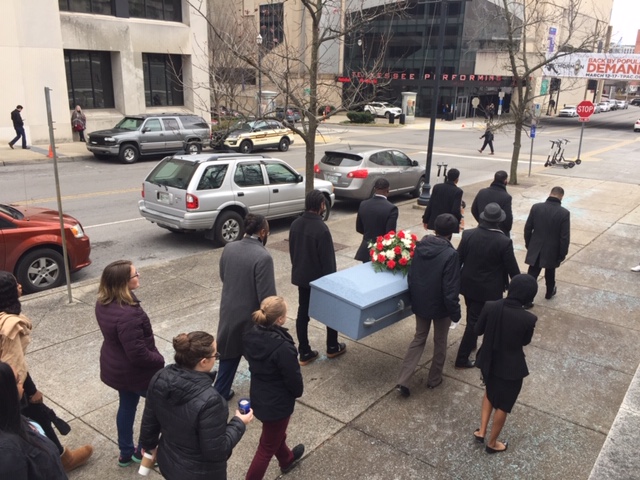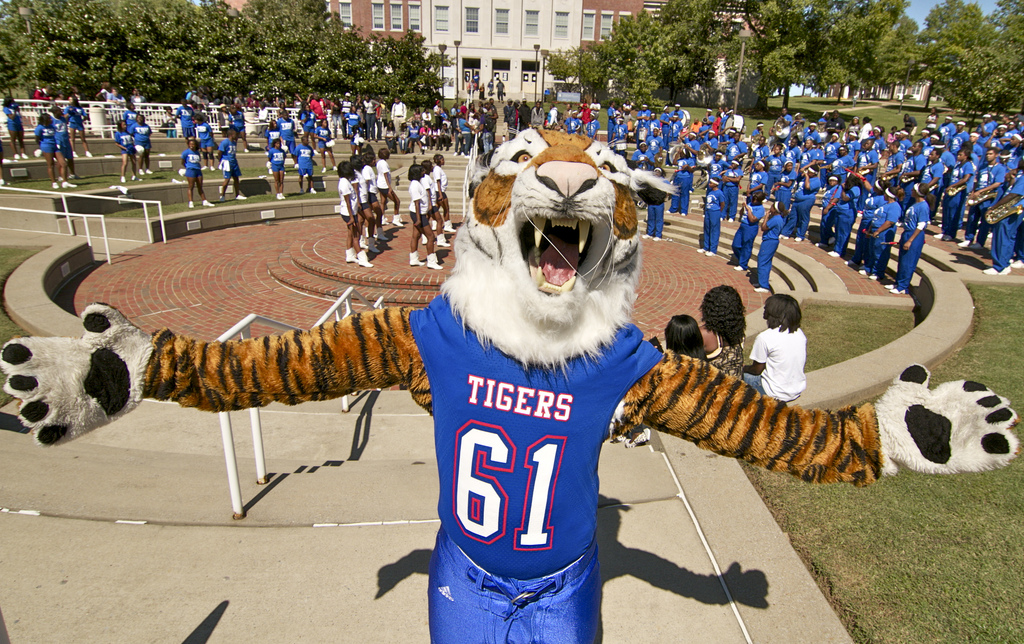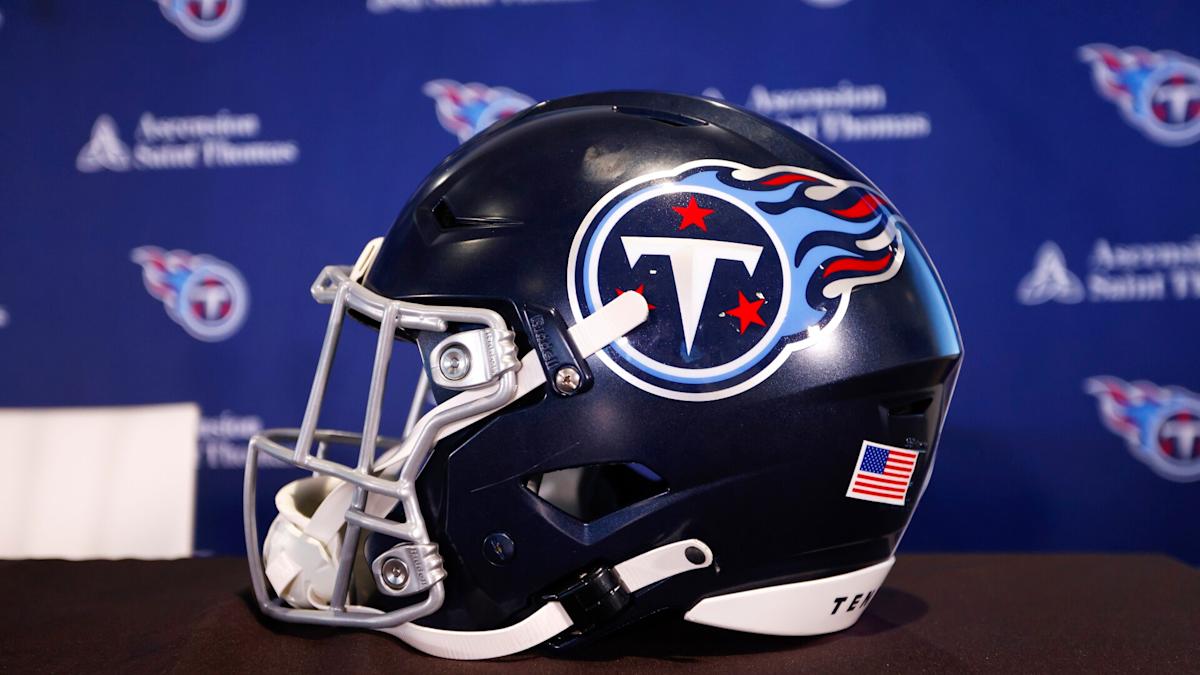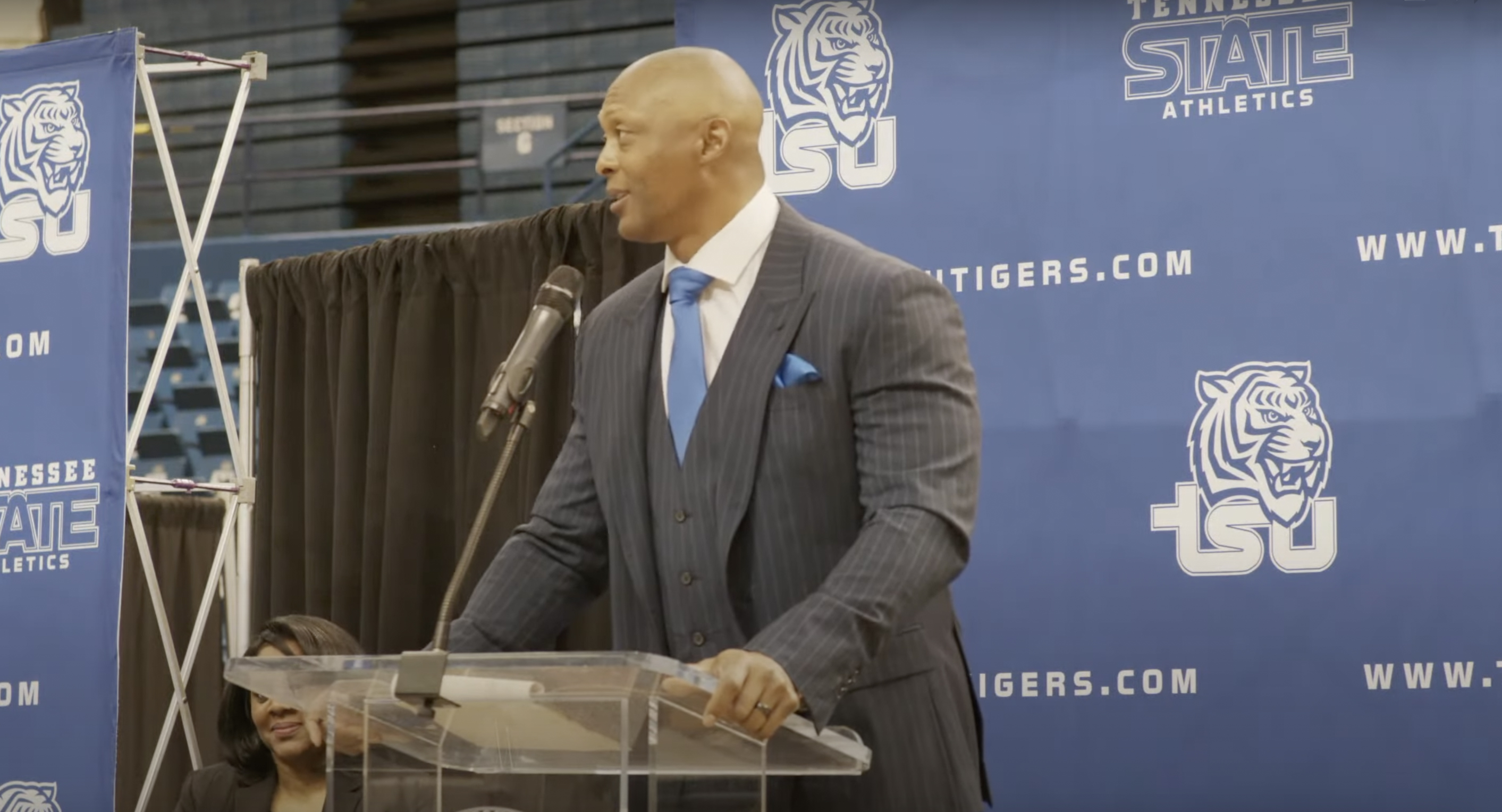By LEE JOHNSON | Nashville Voice
There’s a renewed effort to remove the bust of a Confederate general and Ku Klux Klan grand wizard from the state Capitol.
A group, mostly students, recently rallied at the Capitol, calling for removal of the Nathan Bedford Forrest bust, which has been on display at the Capitol since 1978. Calls for its removal have been renewed in recent years amid a national debate about Confederate monuments and flags.
In 2017, Tennessee made worldwide news when the city of Memphis engineered a way to remove a statue of Nathan Bedford Forrest from a local park, along with a statue of Confederate president Jefferson Davis.
Forrest, who was a slave trader before the Civil War, led troops in the Fort Pillow massacre in West Tennessee. There, the Confederate army killed hundreds of surrendered Union soldiers, most of whom were black, in what became known as one of the most infamous events of the Civil War.
Forrest was also the first leader of the KKK.
On Jan. 31, the group in Nashville delivered a signed letter to newly elected Gov. Bill Lee asking him to remove the bust of Forrest from the Capitol and place it in the Tennessee State Museum.
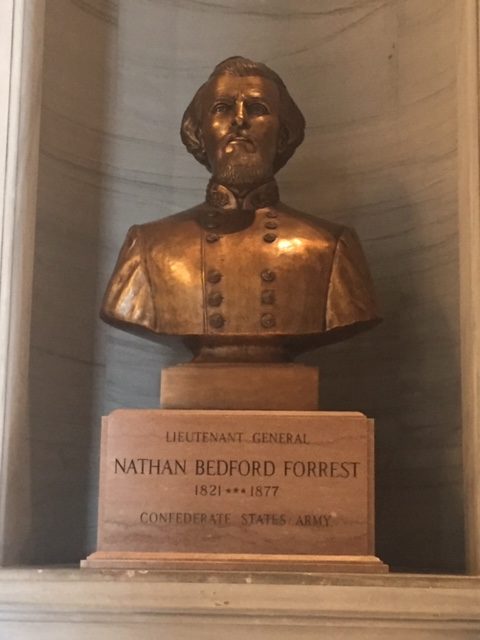
Former Gov. Bill Haslam tried unsuccessfully to remove the bust two years ago. To remove monuments like the bust of Forrest take several steps of approval required by the Tennessee Heritage Protection Act. Haslam’s efforts failed at the first step.
Even though Haslam did try to remove the bust, it does not seem like the new governor will. As a candidate, he said he opposed the removal, explaining that he believes it would be “a mistake to whitewash history.”
Jeneisha Harris was among those who gathered at the Capitol to call for the bust’s removal. She said a better place for it is the Tennessee State Museum, even though there, she said it will still likely conjure a horrific history of slaves being tortured and murdered.
“We think it should be put in a museum; we don’t think it should be erased,” said Harris, a senior at Tennessee State University. “But … it is a slap in the face to be reminded of such pain that the people before me had to endure.”
The following day, the group gathered at the War Memorial Plaza across from the Capitol and kicked off the first day of Black History Month by remembering those who risked their lives during slavery seeking freedom, and those who pushed for equality during the civil rights movement.
The group held hands and prayed around an empty casket, then carried it several blocks to a downtown church where they had a service of remembrance. The processional with the casket was reminiscent of the marches during the Civil Rights movement and drew the attention of onlookers.
“The casket represents all those that came before and that might not have had proper burial,” said Eric Holness, one of the organizers. “Those that were forgotten, buried in nameless tombs; those whose names the ages and history may have forgotten. And so, we symbolically remember them in these moments.”
Harris said the group’s actions have been nonviolent and will continue to be.
“Today represents progression, today represents love, today represents peace,” she said.

